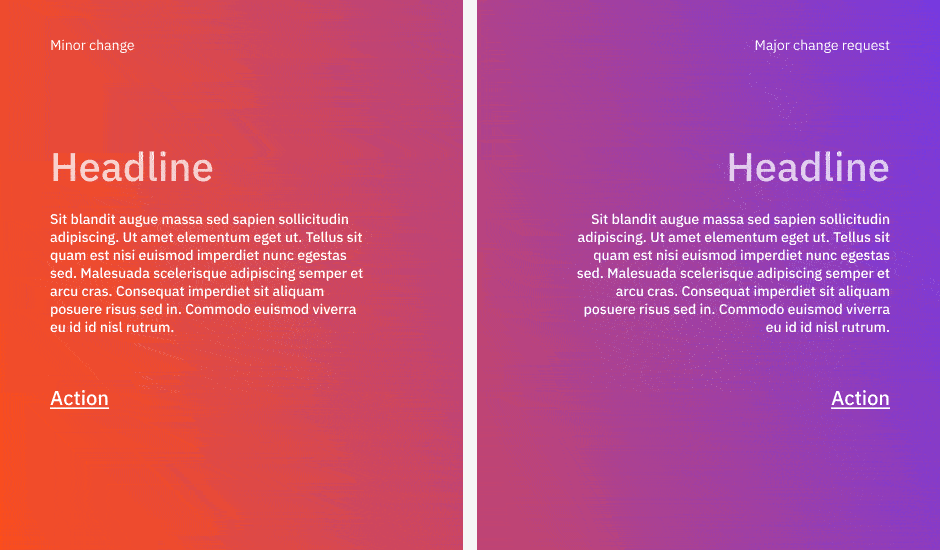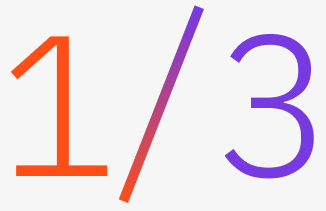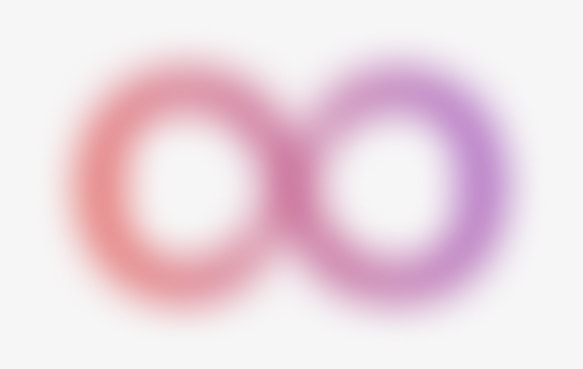What are design revisions and how many do you need?
Design revisions are an integral aspect of the design process. This article breaks down what they are, why they’re crucial, and how to manage them effectively. Whether you’re a client or an agency owner, this post is for you.

Introduction
If you’ve ever been on a sales call, participated in a client meeting, or attended one of discovery workshops, you’ve probably heard the question come up: “What about design revisions? How are they billed, and what’s the process?” It’s a common query and understandably so.
The topic of design revisions often floats in a cloud of ambiguity for clients and agency owners alike. Given that this question is almost always on the agenda, we decided it’s high time to share our perspective with everyone.
We hope that shedding light on what design revisions are, why they’re necessary, and how they can be effectively managed will prove useful for both clients and agencies.
The evolving nature of design
In the world of digital product creation, change is probably the only constant.
After the first draft of a design, clients and design teams enter a collaborative stage where they tweak and modify that initial concept. These changes, known as design revisions, range from minor adjustments like shifting colors to major transformations like layout overhauls.
Contrary to popular belief, these revisions aren’t a sign of inefficiency or a gap in understanding between client and designer. Rather, they represent an integral step in achieving the desired outcome.
Difference between design revisions and change requests
It’s essential to differentiate between a design revision and a change request at this point.
Although both involve modifications to the original concept, they aren’t the same.
A design revisions process stays within the originally agreed-upon project scope. It’s a fine-tuning process that brings the design closer to what was initially envisioned. It works on and existing design (first deliverable, for example).
In contrast, a change request ventures outside that initial scope, impacting timelines and costs. Clearly understanding this difference sets the stage for a smoother, more efficient design process.
Minor design changes
These usually involve fine-tuning and small adjustments that stay within the project’s initial scope.
Consider the following examples to better understand what qualifies as a minor design revision:
- Adjusting fonts for readability or stylistic reasons.
- Modifying the order of sections to improve user experience.
- Minor changing of colors for better alignment with branding or mood.
- Swapping out pictures to enhance the message or the product’s representation.
- Adding a call-to-action button or a minor graphic element.
- Revising the text content in existing design blocks.
- Updating icons or other small visual elements.
- Correcting alignment issues or grid inconsistencies.
- Making minor adjustments to animations or transitions.
- Partial changes, like adding new elements or altering existing ones, as long as it affects less than 15% of the design.
These types of revisions typically have a minor impact on the project’s timeline or cost. At least for as long as they are within the number of revisions we agreed upon at the start of the project.
Major design changes (Change requests)
Major changes go beyond the initial project scope and almost always affect both the project’s timeline and cost.
To clarify what constitutes a major design change or a change request, here are some examples:
- A shift in the design direction midway through the project, necessitating a rethinking of the established approach.
- A complete overhaul of the original design brief, requiring the design team to start from scratch.
- Altering more than 15% of the existing design, which might involve significant layout changes, adding or removing functionalities, or other substantial modifications.
- Adding or removing a significant block of content, commonly referred to as a “section.”
- Introducing new features that were not part of the initial agreement, like adding e-commerce capabilities to a brochure website.
- Expanding the scope to include additional pages or user paths that were not originally planned.
- Replacing the technology stack after the development phase has started.
- Changing the target platform or devices for which the design was initially made, like moving from web to mobile or vice versa.
- Revising the user experience strategy, leading to a revamp of the user interface.
Note: A “section” in this context refers to a substantial content block containing a mixture of elements such as text, pictures, videos, and more.
Major changes often necessitate revisiting the project’s scope, timelines, and possibly, its budget. These usually qualify as “change requests,” which are typically not covered under the initial agreement and are likely to be billed separately as an additional project cost. However, they can still ensure that the client and creative team achieve even better results.

Revision inflation: finite versus unlimited design revisions
When embarking on a design project, one of the critical factors to consider is how many revisions should be included in the project’s scope.
A common dilemma both clients and agencies face is whether to go for a finite number of revisions or to leave the doors open for unlimited changes. Each approach has its merits and drawbacks, and striking the right balance between the two is essential for a successful project outcome.
Avoiding revision inflation: The merits of a finite number of design revisions
Having a set number of revisions provides a clear roadmap for both clients and design teams. It creates a disciplined environment where every alteration needs to be well-thought-out. This approach inherently leads to focused, efficient discussions that help zero in on what precisely needs adjustment, fostering a more collaborative and constructive relationship between the client and the design team.
Moreover, setting limitations on revisions can have financial benefits. Each revision takes time, and time costs money. With a predetermined number of revisions, both parties can manage their resources more effectively. Budgets can be set, we can agree on budgets and align on mutual expectations.
At Point Jupiter, our experience has shown that a finite number of revisions, determined on a project-by-project basis, offers the most balanced approach.
By working on an hourly rate and project-based model, we are able to precisely allocate the necessary resources to ensure each revision is meaningful and within the agreed scope.

The pitfalls of unlimited design revisions
Offering unlimited revisions may seem like an attractive proposition, giving clients ultimate flexibility. However, this perceived benefit is often a double-edged sword. Unlimited revisions can lead to project stagnation, less urgency for decision-making, delayed timelines, and increased costs.
This lack of constraints can also result in a diluted final design and stress agency resources.

Finding the sweet spot
At Point Jupiter, we’ve found that offering 1 to 3 design revisions usually hits the sweet spot. More often than not, we nail the design on the first try. However, we typically include at least one revision to ensure we’re entirely in sync with our client’s vision.
For us, these revisions are more than just an opportunity for minor tweaks; they’re a chance to deepen our understanding of what the client needs and wants. Each revision becomes a touchpoint for mutual growth, a way to solidify the relationship and align even more closely with the client’s objectives.
This deliberate approach not only makes the design better but also strengthens the client-agency relationship. It does so by creating a context in which both parties are deeply connected and invested in the project’s success.
Wrapping it up
Design concept revisions are a recurring subject in discussions between clients and agencies for good reasons. They are a vital part of the design process, helping to refine ideas and bring visions to life. Knowing the difference between a design revision and a change request can set the stage for a smoother collaboration. A design revision operates within the original scope, fine-tuning the project, while a change request goes beyond that, often necessitating adjustments to the budget and timeline.
Opting for a finite or unlimited number of revisions comes with its own pros and cons. A finite number encourages a more disciplined, cost-effective approach to project management. On the other hand, unlimited revisions, while offering flexibility, can lead to project delays and cost overruns.
Point Jupiter’s approach to design revisions
Here at Point Jupiter, our practice of offering 1 to 3 design revisions balances flexibility and discipline. We often get the design right the first time around, but the revisions provide valuable checkpoints to ensure everything aligns perfectly with client expectations. If you need more revisions, that’s not a deal-breaker for us. Such cases are typically billed based on our hourly rate or as otherwise agreed upon with the client.
The key takeaway is that design revisions aren’t a sign of inefficiency but a crucial step in achieving a successful final product. Whether you are a potential client or an agency owner, understanding the role and management of design revisions can make all the difference in your project’s success.
If you’re considering a project and are unsure about how the design revision process would work, don’t hesitate to reach out to us. We’re committed to working collaboratively with our clients to determine the optimal number of revisions for each project. At Point Jupiter, we view design revisions not as a hindrance but as a means for growth, an opportunity to make our working relationship more concrete and our projects more successful. It’s a part of the creative process.